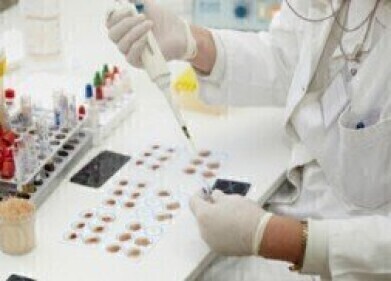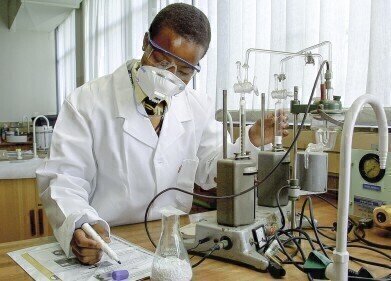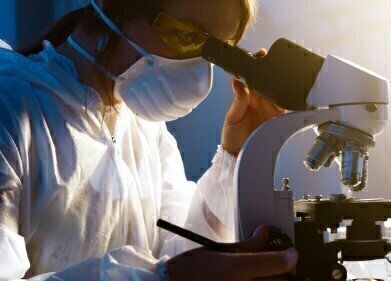Help Desk
How is Chromatography Helping to Extract Rare Earth Elements?
Jul 11 2017
Rare earth elements (REEs) have become an essential part of modern life. You might not know much about them, but the probability is that you are using them to read this text — they are used in devices we use every day including mobile phones, catalytic converters, rechargeable batteries and wind turbines.
As the prices for REEs increases, mining companies and governments are looking to find new supplies. A recent press release from The Pennsylvania State University (Penn State) highlights this search and suggests a new method of extracting the elements using chromatography. Read on to find out a little more about REEs.
Lanthanides (+ Sc, Y and Lu)
REEs consist of a group of elements known as the lanthanides (atomic numbers 57 – 70), lutetium (which is sometimes considered a lanthanide) and the elements scandium and yttrium — which are often found in the same ore deposits as the lanthanides. REEs have been known about for many years but it is only recently that their use has exploded.
The elements are not really that rare. The least abundant rare earth elements — thulium and lutetium — have an abundance in the Earth’s crust over 200 times that of gold. However, the elements are spread thinly in their deposits and this makes it difficult to mine them — unless the price increases of course, then anything is possible.
Monazite and bastnäsite ores
The two most important ores for rare earth elements are monazite which is a phosphate ore and bastnäsite which is a fluoride carbonate ore. Both ores contain all the rare earth elements, with the main monazite source found in Western Australia and the bastnäsite sources in China and the US. Originally it was the monazite deposits that provided most of the REEs, but it has a higher concentration of radioactive thorium than bastnäsite, so it has taken over as the predominant source.
China dominates
As the demand for electronic products in domestic, industrial and defence applications have increased — so has the demand for REEs. By 2010, China controlled around 95% of the world’s rare earth production and supply and the price had increased by over 500% in a few years. This has meant that teams outside China have had to find alternatives to REEs or find ways of increasing the supply of the elements.
Hence the importance of the press release from Penn State regarding rare earth elements. The university has received funding to develop a method of extracting rare earth elements from coal by-products with an ion exchange chromatography based process using environmentally safe solvents. The following article, Developing Robust Chromatographic Methodologies discusses how chromatography methods can be developed.
In the press release, Sarma Pisupati, a professor at Penn State said:
‘We believe this novel approach for extraction will be able to provide the high efficiency and throughput sought by the industry for a technologically feasible and an economically viable extraction method for REEs’
Digital Edition
Chromatography Today - Buyers' Guide 2022
October 2023
In This Edition Modern & Practical Applications - Accelerating ADC Development with Mass Spectrometry - Implementing High-Resolution Ion Mobility into Peptide Mapping Workflows Chromatogr...
View all digital editions
Events
Apr 23 2024 Kintex, South Korea
Apr 23 2024 Seoul, South Korea
Apr 28 2024 Montreal, Quebec, Canada
May 05 2024 Seville, Spain
May 15 2024 Birmingham, UK














